"I am interested in the tools of art that help to unveil collective desires".
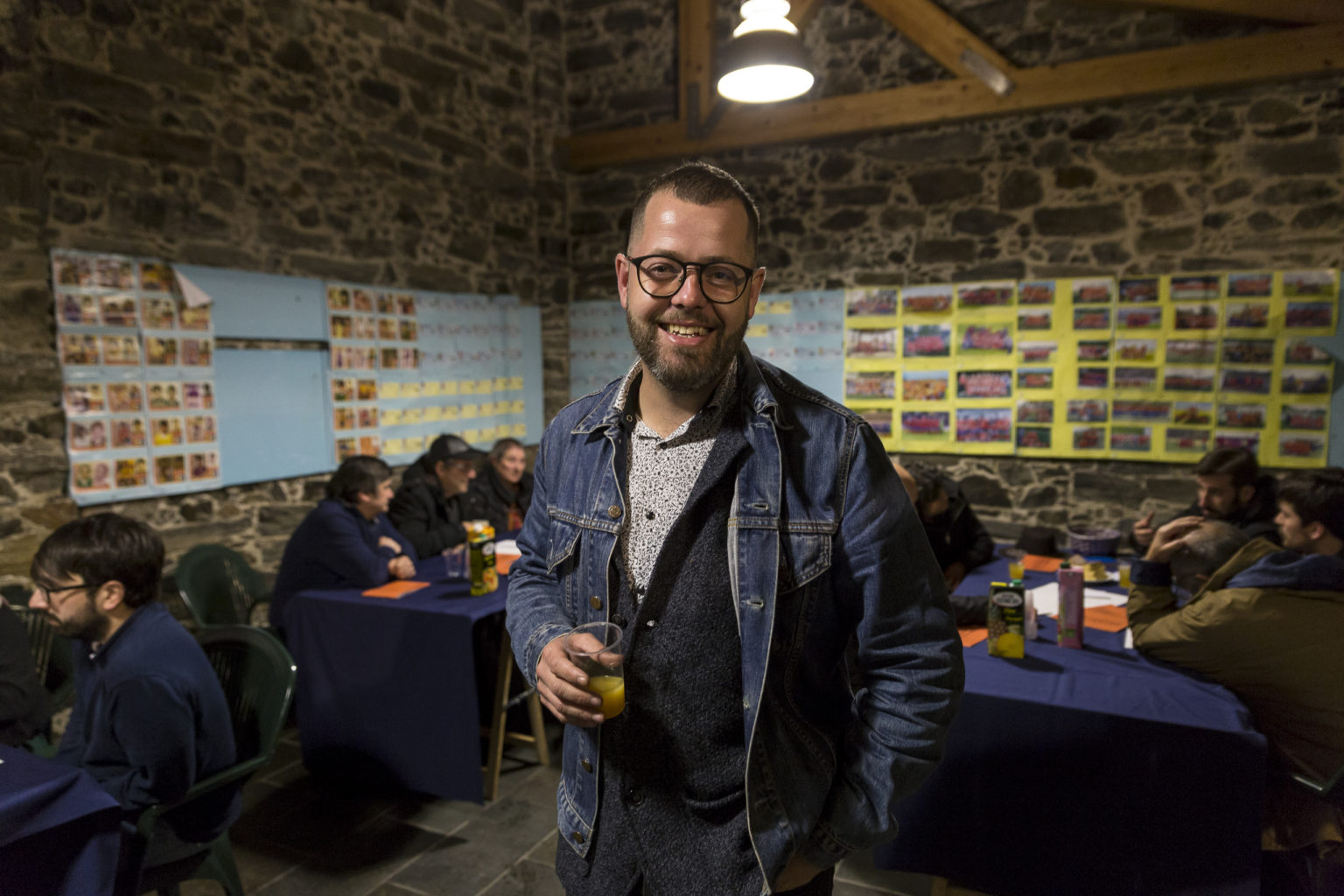
Interview with the mediator of our Galician concomitance, Fran Quiroga.
Fran Quiroga is the mediator of Legacy Careour concomitance located in Betanzos (A Coruña). Defining himself as an interdisciplinary researcher and with a background in activism, art and participatory processes, in this interview he shares with us how it has been and is being to make available to the project all the resources accumulated throughout his career, in this key year 2021 in which the selection of the artist for the project will be finalised after the definition of the commission.
What is cultural management for you?
And how to respond to this! What moves me when it comes to doing or thinking about cultural management is what we can do in community, together and together. In that sense, culture is that capacity to generate shared imaginaries. There is always a tension with the term 'management', talking more about cultural practice or mediation, about how you facilitate, propitiate, drive or serve as a lever to respond or problematise longings or desires.
In that sense, we are talking about a kind of connector.
We are talking about this idea of a crossroads, of a path, at this point of friction, processes are revealed that otherwise, if they were more unilateral, would not emerge. I think there is a power in this kind of serendipity, although at the same time it also generates tensions, because you don't know a priori where it can lead you. That's why it's important to have clear frameworks, both in terms of time and budget. These are generative spaces in which citizens must be clear about the space of possibility that exists.
What skills need to be developed for this task?
You have to build generative spaces, assume that you are not in control of everything and that failure is present. There are always moments of anguish, of where this process is going, and on many occasions it may seem that the project is falling or breaking down, the key is how we deal with and respond to these critical moments.
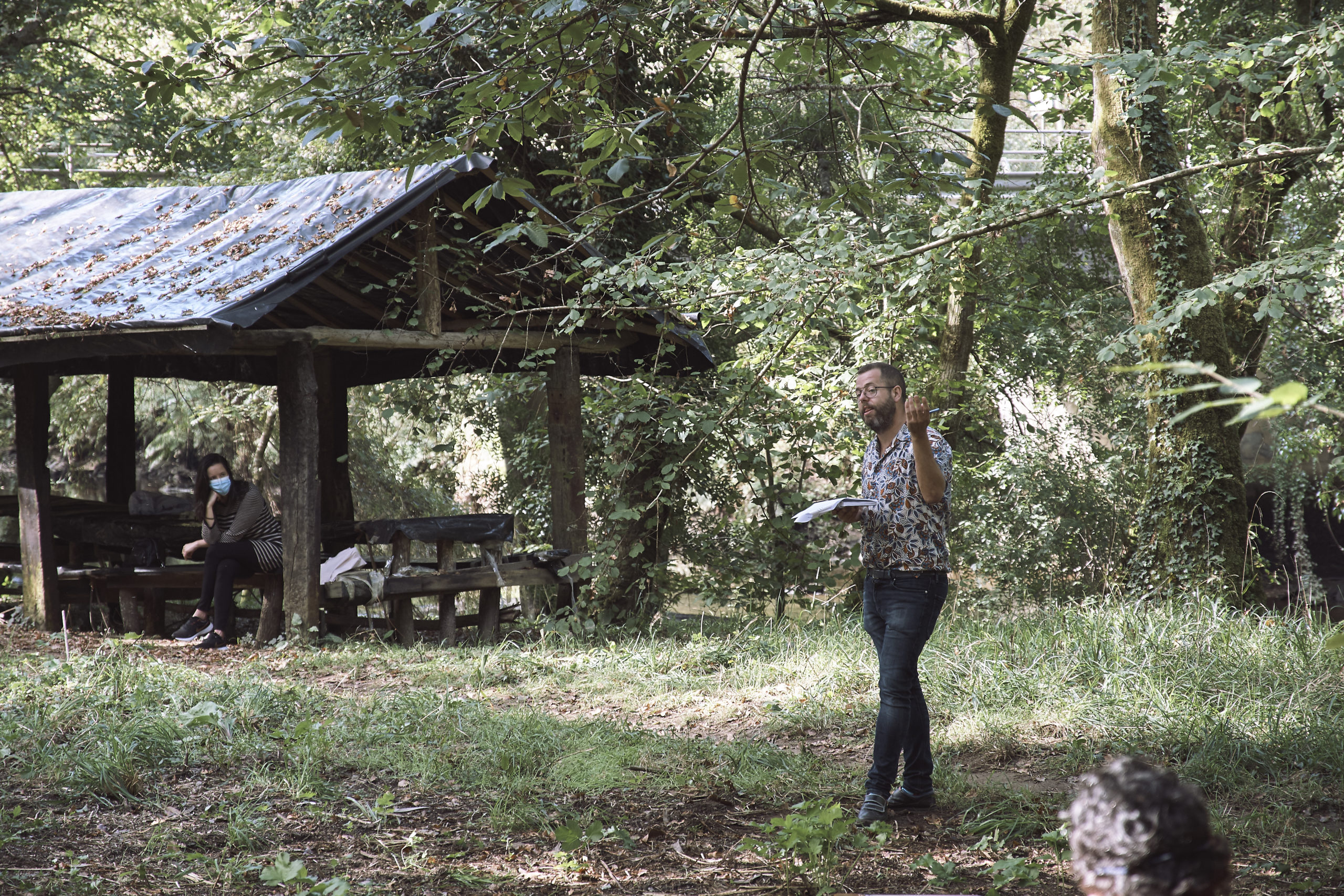
What has this participatory process created for Legacy Care been like?
When we started the project, one idea that hovered over the project was why the budget for the artistic intervention was not spent on the rehabilitation of the park. Considering that it was and is closed, that was the urgency. In the participatory process, there were also other voices - not a majority - that said that it might not make sense to spend more money on the rehabilitation. However, Concomitentes is an association supported by a foundation that works within the framework of contemporary art, we could not make up for the absence of a public administration in the face of a neglect of its functions.
It seems to be a recurrent aspect in the artistic field...
This is a common criticism, there are always tensions when speaking from a more subjective level, when material needs are not met.
But the selection of the artist can be allied with the same objective.
Of course, what was done was to activate a process based on participatory action-research (PAR) methodology so that the group of commissioners could be extended to all the neighbours of the district. This makes it more complex, because it is not a question of an accumulation of desires or of the majority winning, but rather the question lies in how this commission is problematised, going beyond the apparent, delving deeper into these tensions, frustrations and desires about the relationship of citizens with this heritage element, in our case, the Pasatiempo park.
This is also where your own mediating capacity comes in.
The mediator is not a person without soul, body or voice, he also has his own backpack, but we have to make sure that we, the mediators, are not the ones who condition the processes. Legado Cuidado is a constant negotiation, within the frameworks of contemporary art.
How would you explain your work on this project?
I'm very interested in the conception of art from that interdependent place, that art heteronomous which they talk about from La Fundicio (here), an art that relates to and is not disconnected from life. Hence the power of taking advantage of the tools, devices and methodologies that contemporary art brings us to unveil these collective desires. Therefore, the process is not reduced to the culmination of a work of art, but must overcome the fetishisation of the object and focus on the production of communal agency.
"Thus, in Legado Cuidado, the process began as a result of the fall of the sculpture from the pond in the park and the citizen's own demand for a response to this situation. From Concomitentes we attend to this conflict and accompany the citizens with the resources and time we have".
How do you deal with this conflict?
It does not mean that we are solutionistsTherein lies the question of limits. I'm interested in how we propose spaces for enunciation, without being spokespersons for anything, that's arrogant, we are facilitating that space so that anyone who feels appealed to can participate. On the other hand, it is key how we establish a space for dialogue from which this desire can be enunciated.
From what conclusions will the artist work?
Three lines or leaks emerge around which the proposal should be articulated: the idea of heritage as a commons, leisure as a form of learning and the ecology of knowledge. At the same time, we thought about how this intervention can contribute to the care of the park, attending to the legacy and the co-responsibility of caring for it. Regarding the figure of the artist, it has to be someone prepared to attend to this demand, which is complex, and also someone who is recognised and who can collaborate in the production with someone from the local context and generate a crossover.
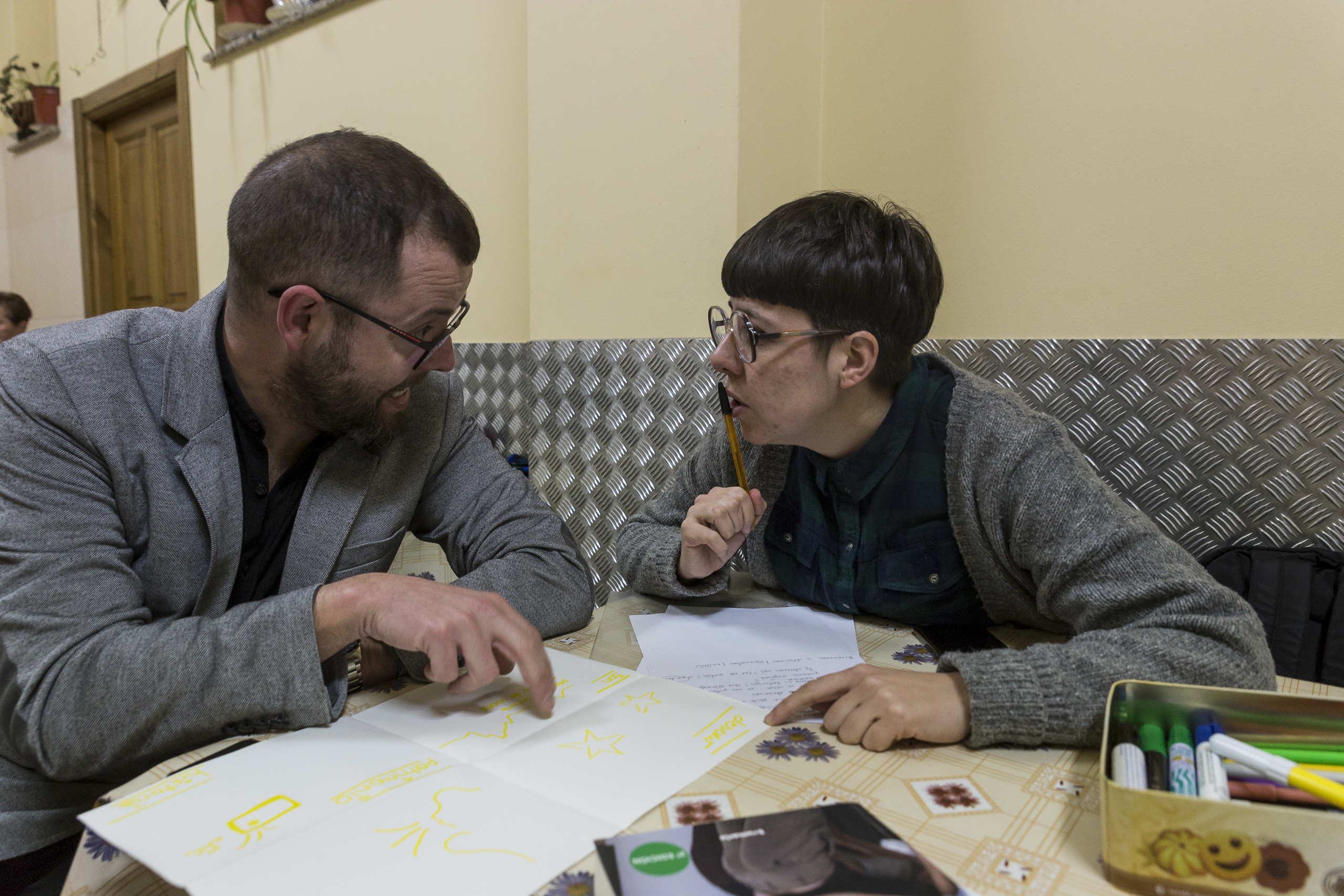
How to deal with the expectations of commissioners while preserving the artist's creative freedom?
Perhaps we have to live with the frustration of desire, we can't always get what we long for, even if we walk towards it. The artistic proposal cannot and should not be so sweetened as to please everyone.
What is the status of this process today?
It's going slowly, but it's going solidly. The objective is that by September we will have selected the artist and advanced the negotiations to be able to see a preliminary project of the work, so that we can analyse the needs and obtain more funding if necessary. We must also continue to secure commitments with the local and regional administrations, with a view to starting production in the last quarter of the year or at the end of December. We hope that the project will be completed next year.
"I am interested in the tools of art that help to reveal collective desires".
Fran Quiroga is the mediator of Legado Coidado, our concomitance located in Betanzos (A Coruña). Defined as an interdisciplinary researcher and traversed in his work by activism, art and participatory processes, he shares with us in this interview how he was and is making available to the project all the resources accumulated throughout his career, in this key year 2021 in which the selection of the artist for the project will be specified after the definition of the commission.
What is cultural management for you?
And how to respond to this! What moves me when it comes to cultural management is to think about what we can do in community, together and together. In that sense, culture is that capacity to create shared imaginaries. There is always a bit of tension with the term "management", speaking more of cultural practice or, in this idea of mediation, of how it facilitates, favours, promotes or serves as a platform for responding to or problematising a desire. However, our role may be more in how to wait for that desire.
Nese sentido, estamos a falar dunha dunha especie de conector.
We are talking about this idea of a crossroads, of a path. At that point of friction, processes are revealed that otherwise, if they were more unilateral, would not come out. I believe that there is a power in this type of serendipity, although there is also tension, because you don't know a priori where it might lead you. That is why it is important to have clear frameworks, both in terms of time and budget. They are xenerative spaces in which the public must be clear about the space of possibility that exists.
What skills do I need to develop for this task?
You have to build xenerative spaces, assume that you do not have control over everything and that failure is present. There are always moments of anguish, where this process is going and, in many cases, it may seem that the project falls or runs, the key is how we deal with and respond to these critical moments.
How was this participatory process for Legado Coidado?
When we started the project, one idea I had was: why not spend the budget for the artistic intervention in the rehabilitation of the park. Bearing in mind that it was and is abandoned, that was the urgency. No proceso participativo, tamén xurdiron outras voces, no maioritarias, que dicían que non tiña sentido gastar máis cartos na rehabilitación do parque. Porén, Concomitentes is an association supported by a foundation that works within the framework of contemporary art; we should not assume the absence of a public administration in the face of the abandonment of its functions.
It seems to be a touristic aspect, not an artistic field...
It is a common criticism, there are always tensions when one speaks from a more subjective sphere, when the material needs are not covered.
But this selection by the artist can be allied with the same objective.
Of course, what was done was to activate a process based on participatory action-research (PAR) methodology so that the group of participants could be extended to all of the local residents of the region. This makes it more complex, because it is not a question of an accumulation of desires or of the majority winning, but rather the question lies in how this desire is being problematised, delving deeper than is apparent, delving deeper into those tensions, frustrations and desires about the relationship between citizens and this heritage element, in our case, the Pasatempo park.
That is where your own mediating capacity comes in.
The mediator is not a person without soul, body or voice, he also has his own backpack, but we must make sure that we, the mediators, are not the ones who condition the processes. Legado Coidado is a constant negotiation, within the framework of contemporary art.
How would you explain your work on this project?
I'm very interested in the conception of art from that interdependent place, that heteronomous art they talk about from La Fundicio (here), an art that is related and not disconnected from life. Hence the power of taking advantage of the tools, devices and methodologies that contemporary art brings us to reveal these collective links. Therefore, the process is not reduced to the culmination being a work of art, but must overcome the fetishisation of the object and focus on the production of communal agency.
In Legado Coidado the process begins as a result of the fall of the sculpture in the park's pond and the public's response to this situation. From Concomitentes we attend to this conflict and accompany the citizens with the resources and the time we have.
How do you deal with this conflict?
It does not mean that we are solutionists, it is a question of limits. I am interested in how we propose spaces for enunciation, without being spokespersons for anything, that is arrogant. We are facilitating this space so that all those who feel called upon can participate. On the other hand, the key is how to establish a space for dialogue from which this desire can be enunciated.
From which conclusions will the artist work?
We ordered three lines or routes around which the proposal should be articulated: the idea of heritage as a commons, reading as a way of learning and the ecology of knowledge. At the same time, we thought about how this intervention could contribute to the care of the park, attending to the legacy and the co-responsibility of caring for it. As for the figure of the artist, it has to be someone prepared to meet this demand, which is complex, as well as someone who is recognised and who can collaborate with someone from the local context and create crossroads in the production.
How to manage the expectations of commissioners and preserve the artist's creative freedom?
Perhaps we have to live with the frustration of desire, we can't always get what we want, even if we are moving towards it. The artistic proposal cannot and should not be so sweetened as to satisfy everyone.
What is the current status of this process?
It is going slowly, but it is going solidly. The aim is that by September we have the artist selected and the negotiations are so advanced that we can see a preliminary project of the work, analyse the needs and obtain more funding if necessary. In addition, it is necessary to continue reinforcing the commitments with the local and regional administrations, with a view to starting production in the last quarter of the year or at the end of December. We hope that the project will be completed next year.







 Concomitentes
Concomitentes